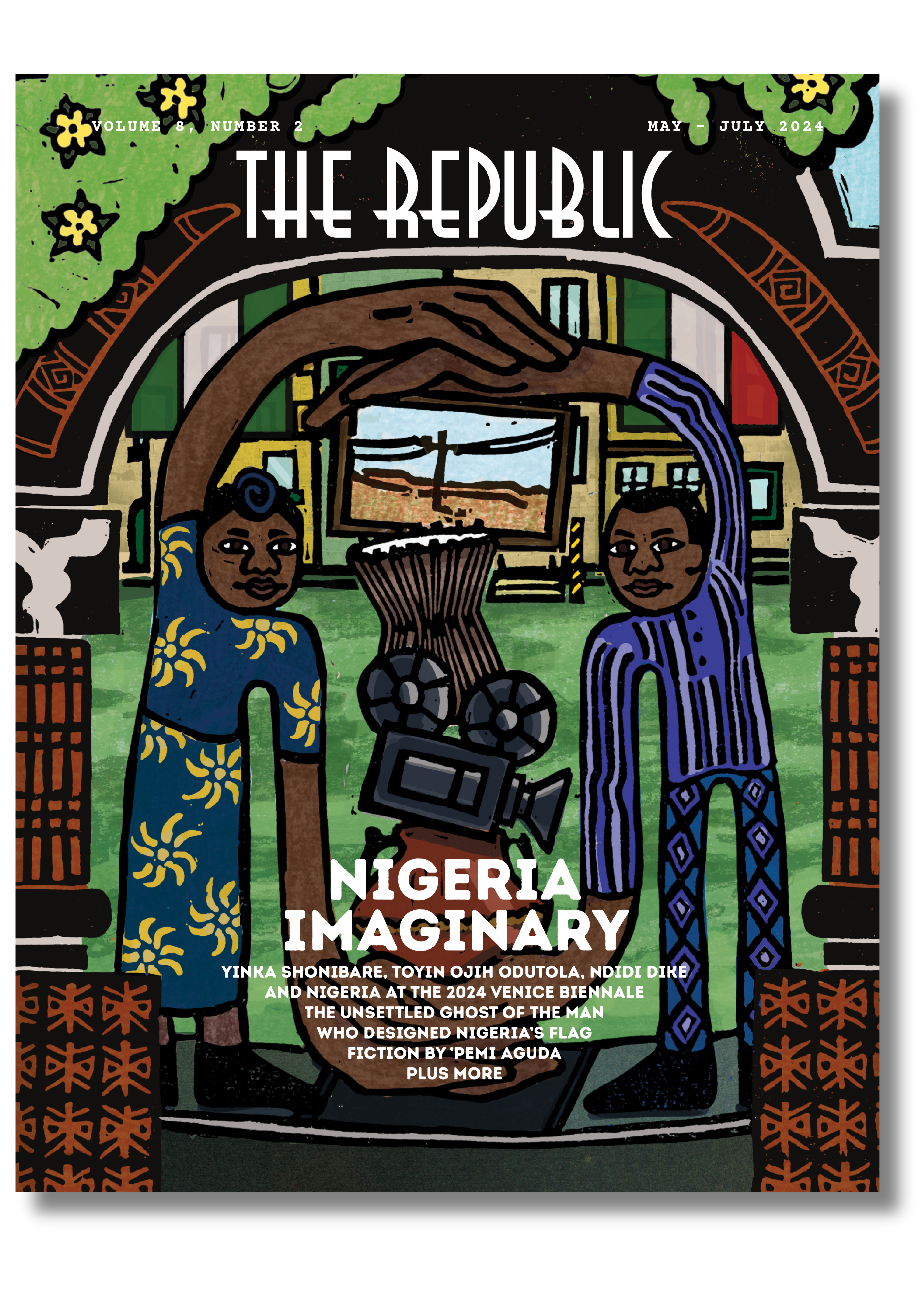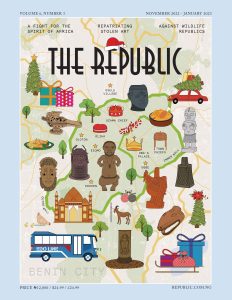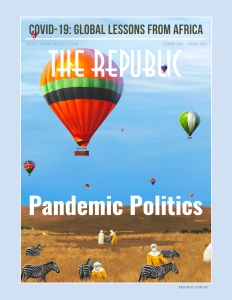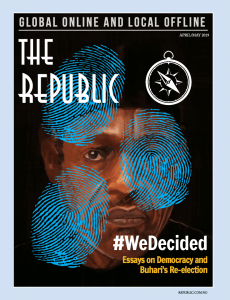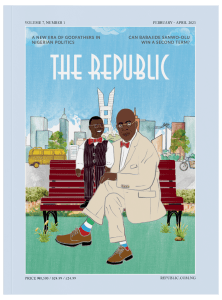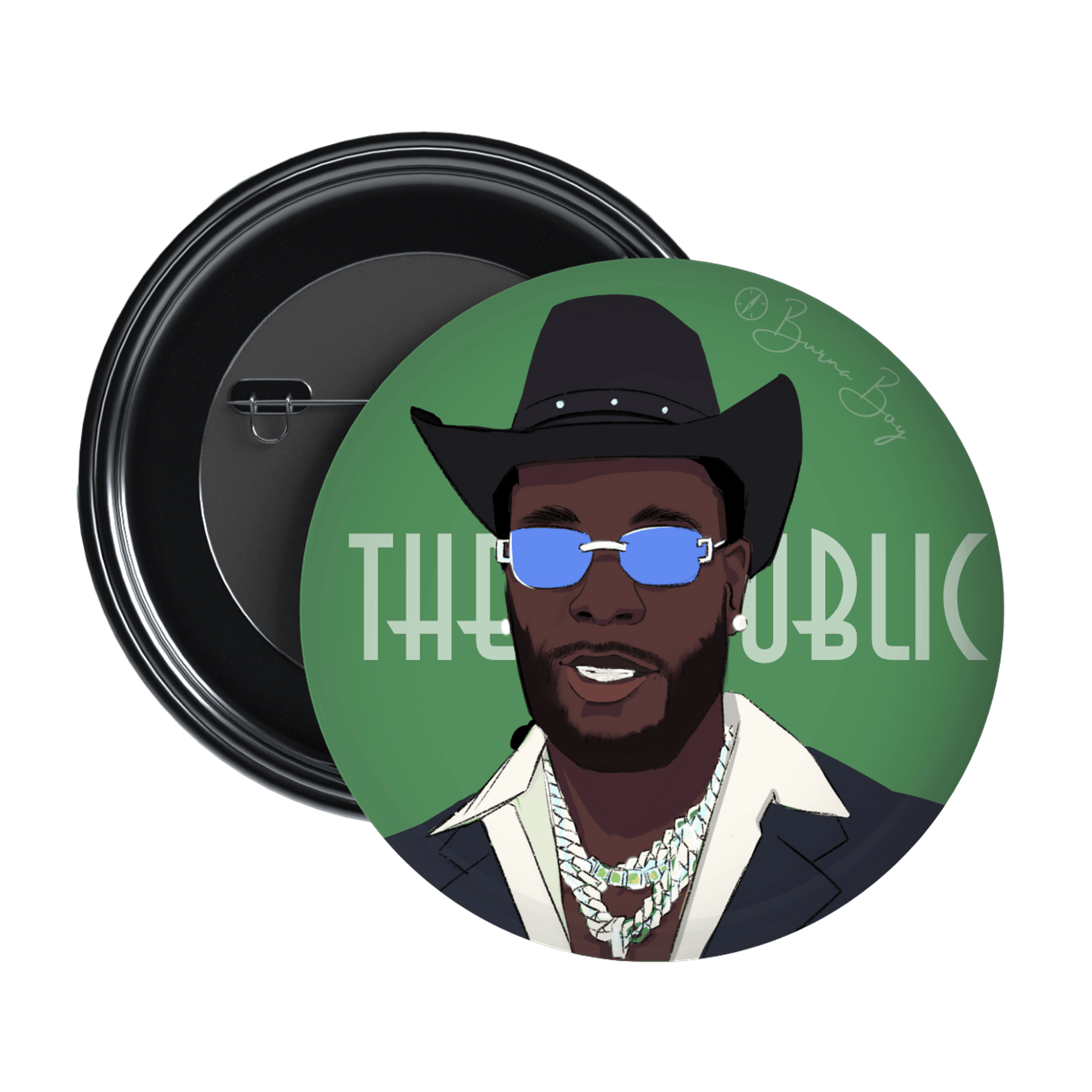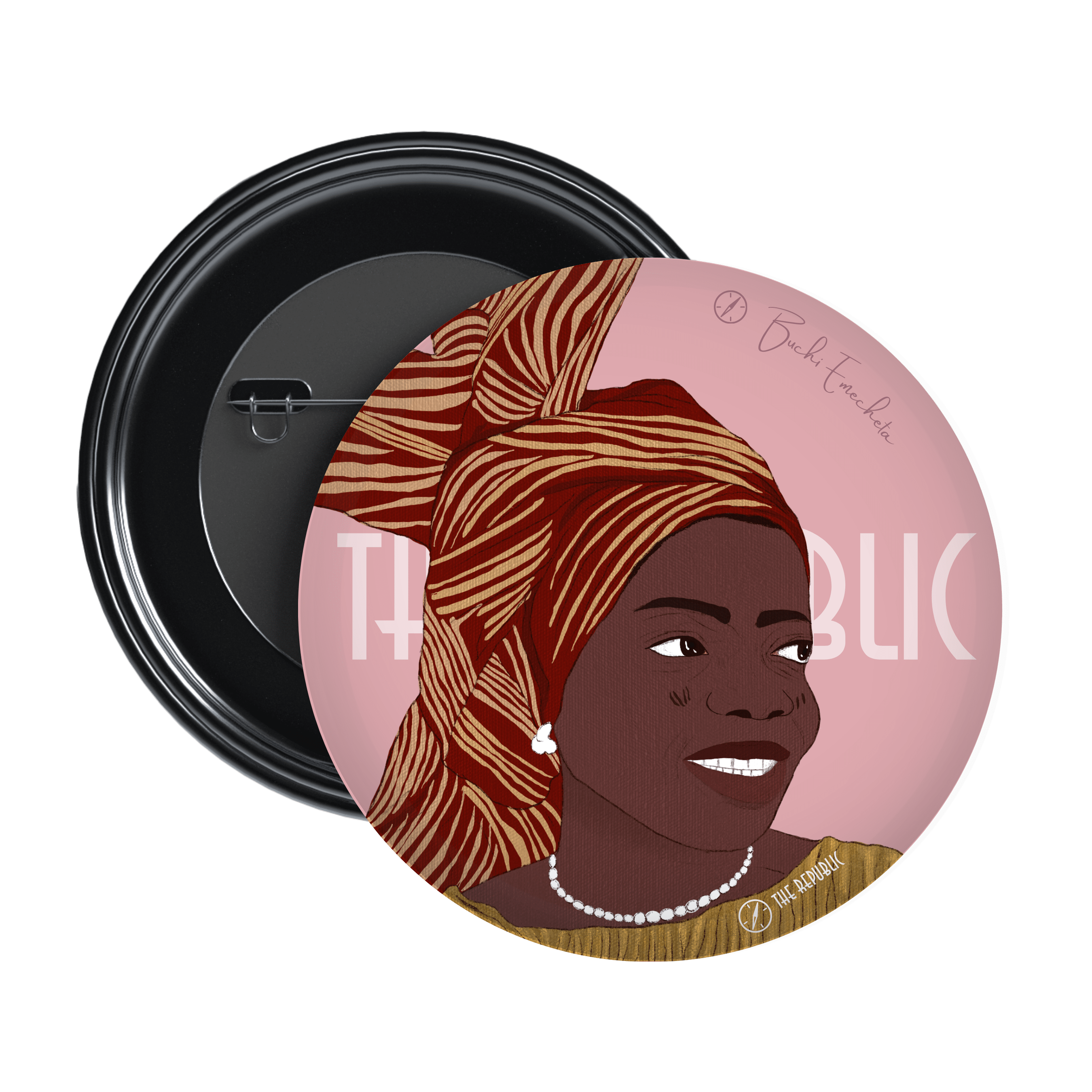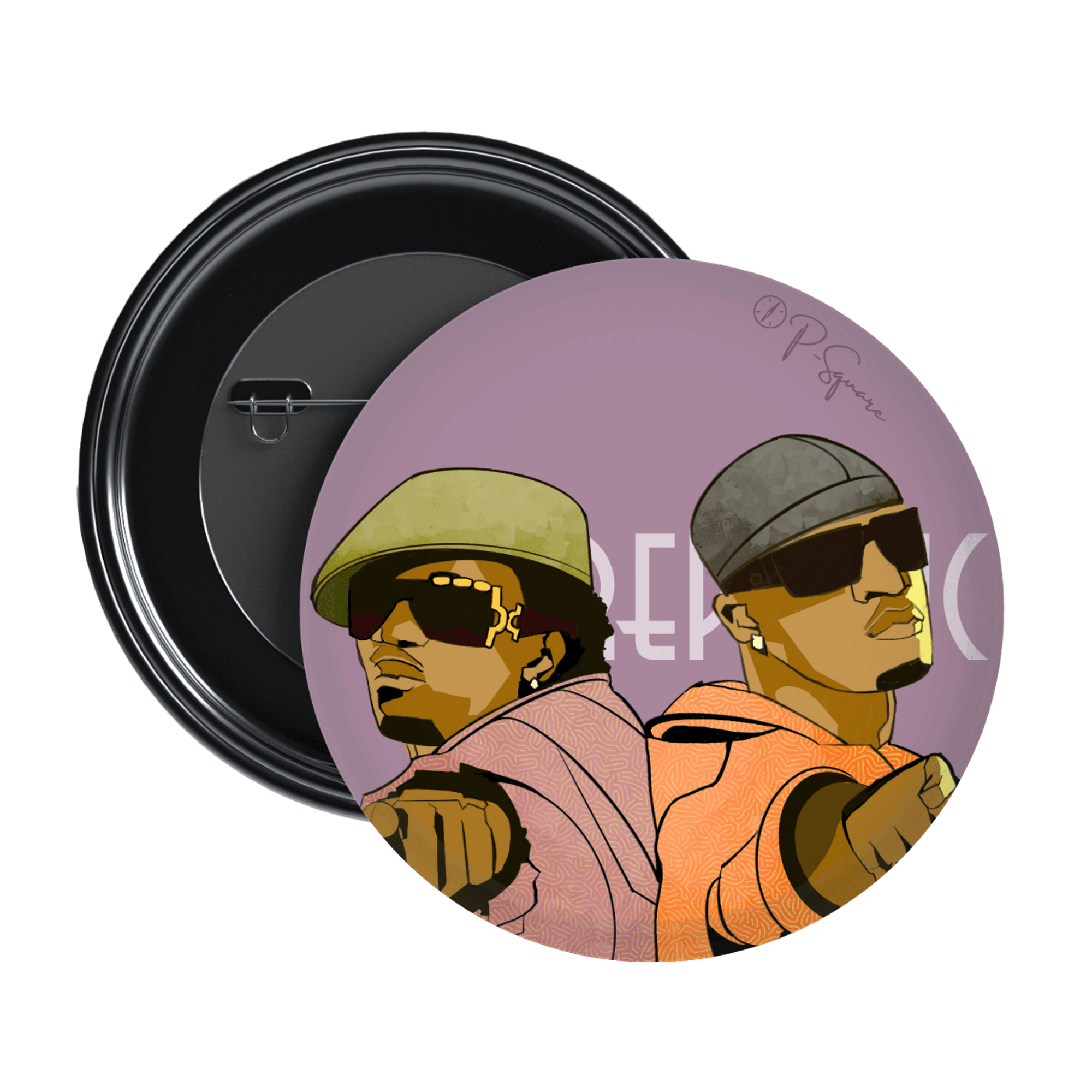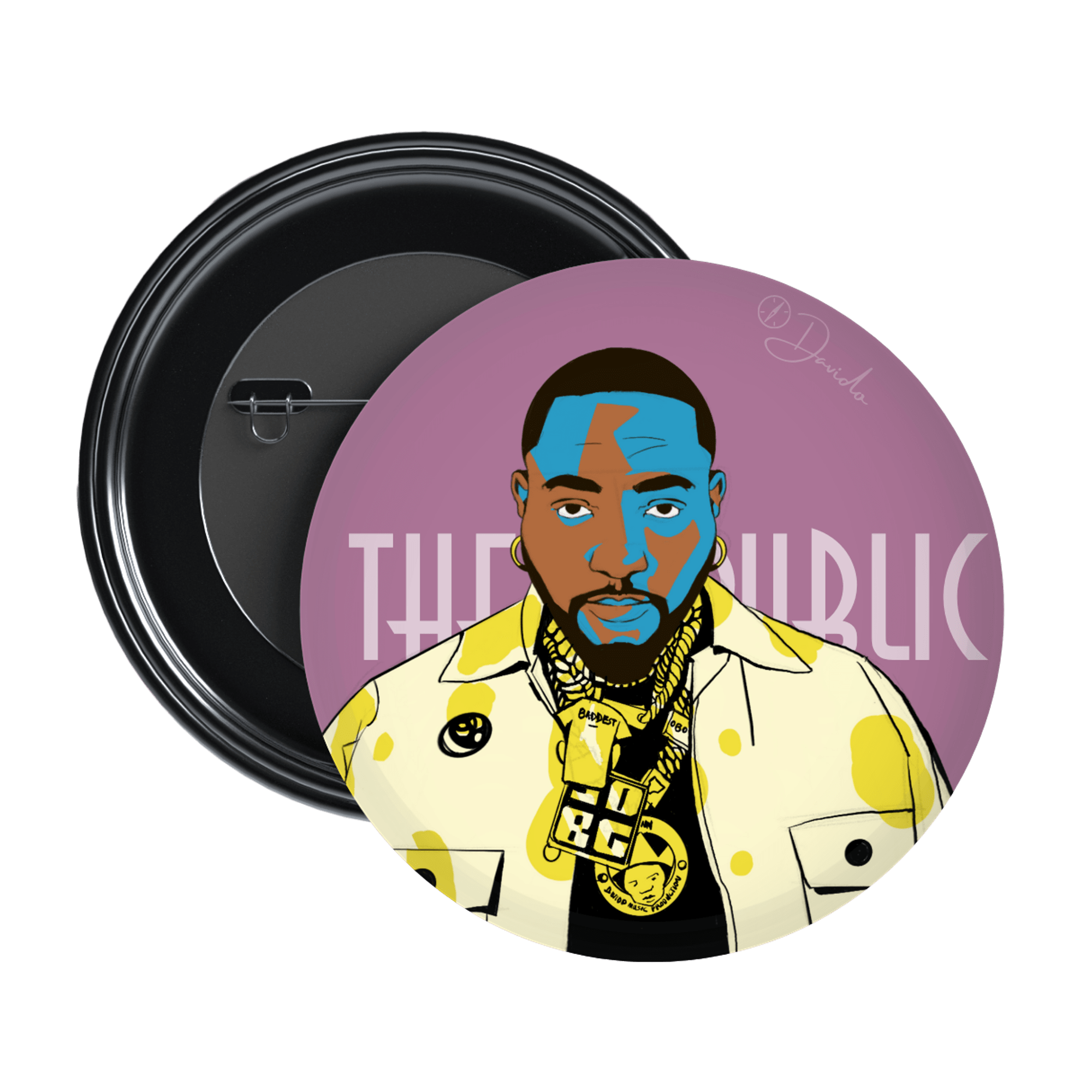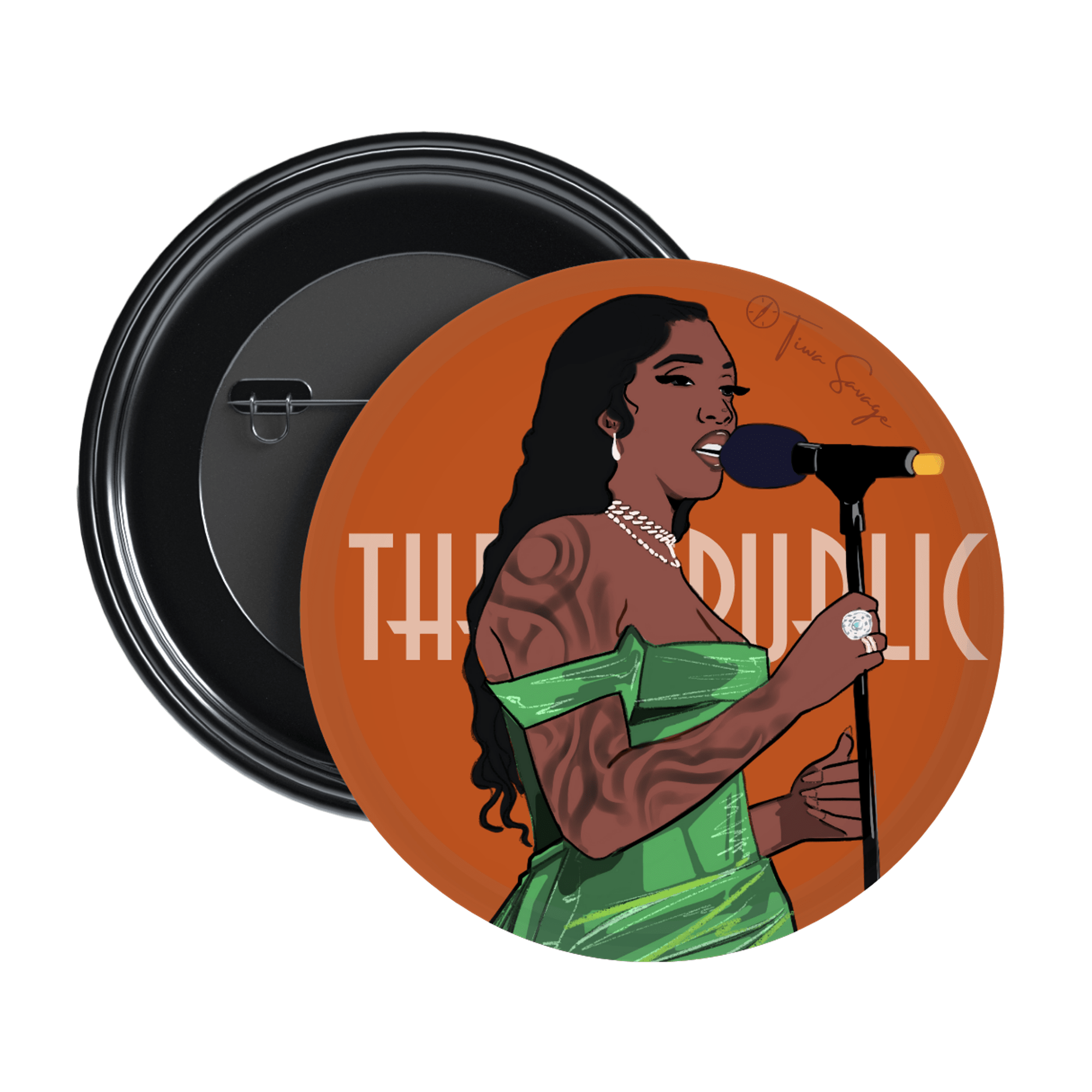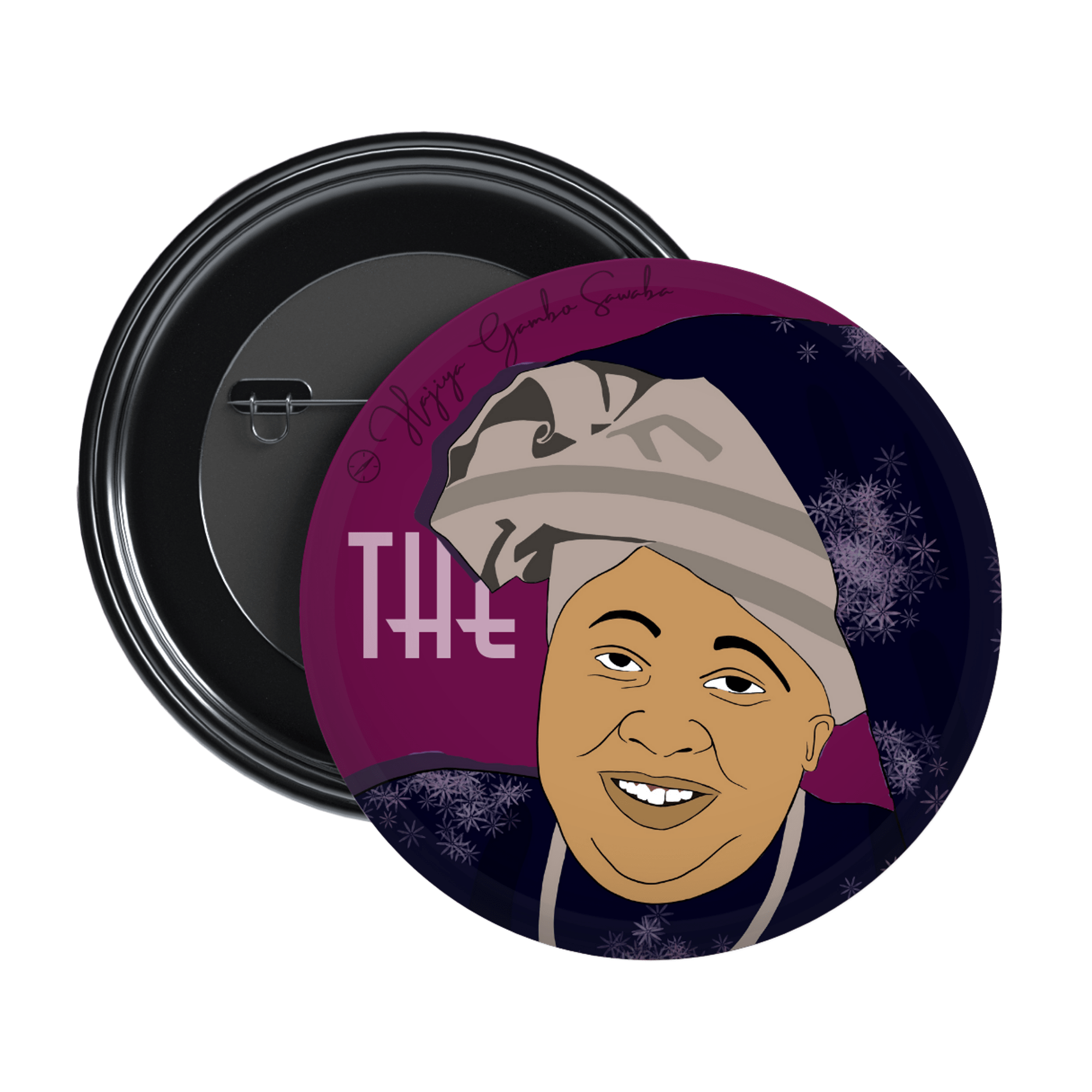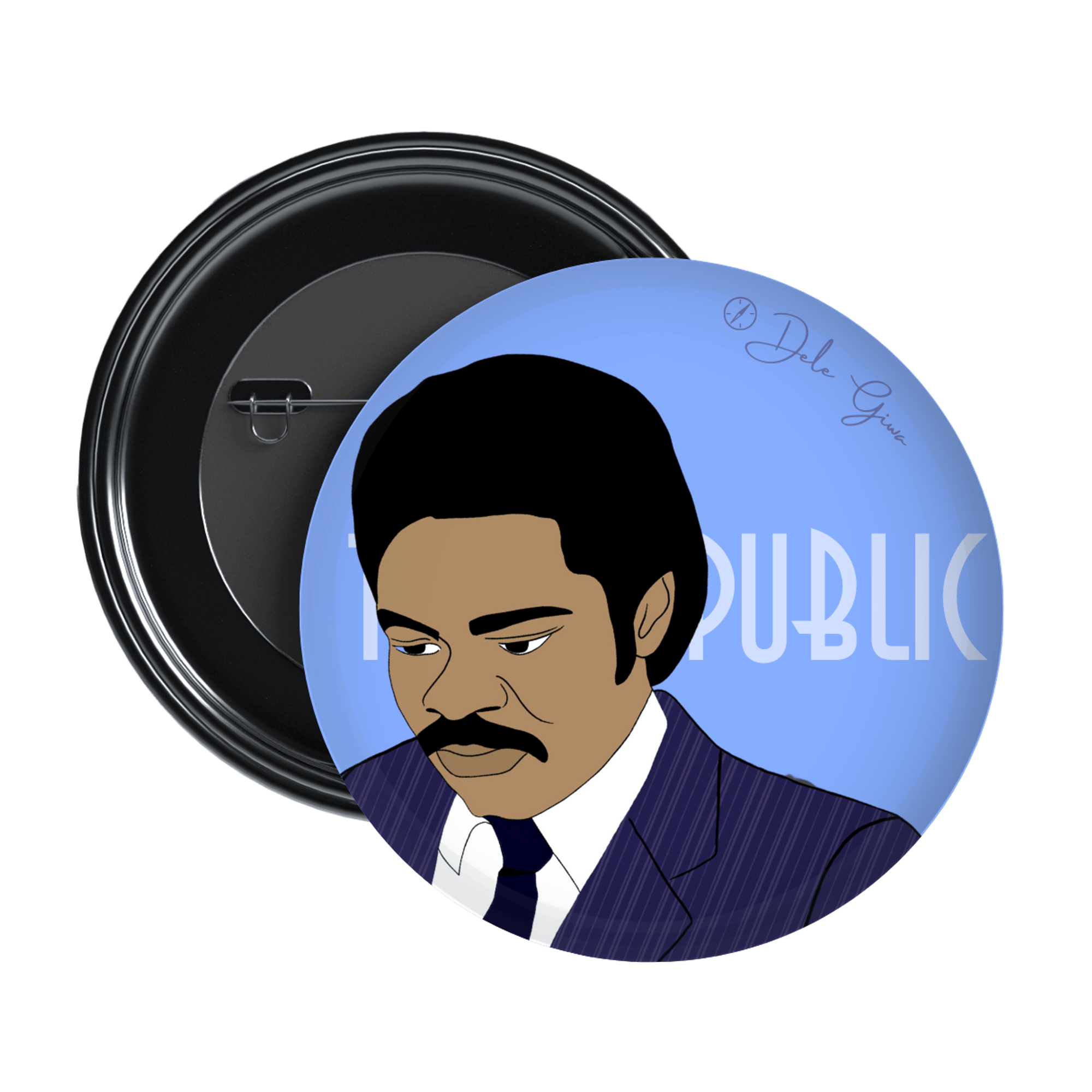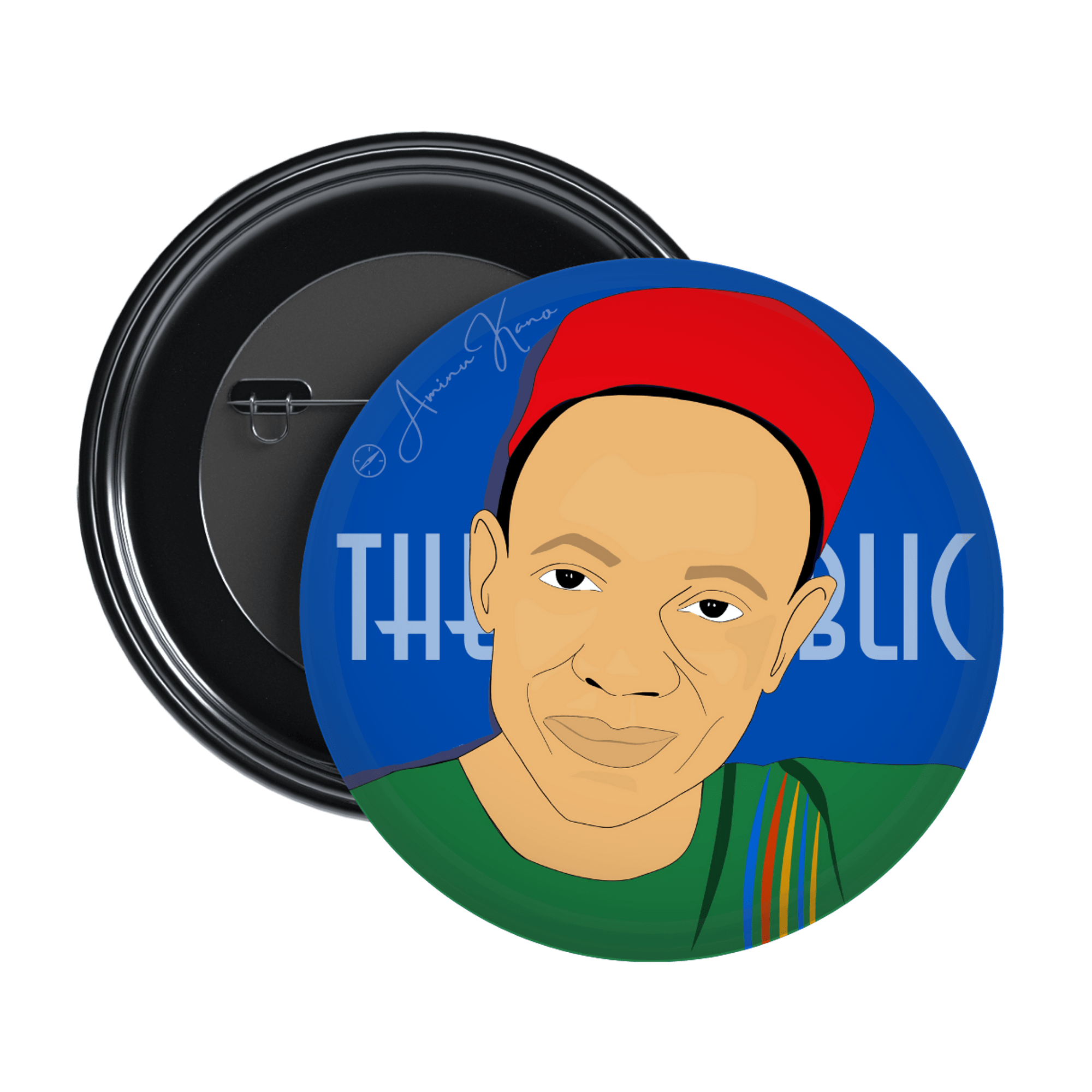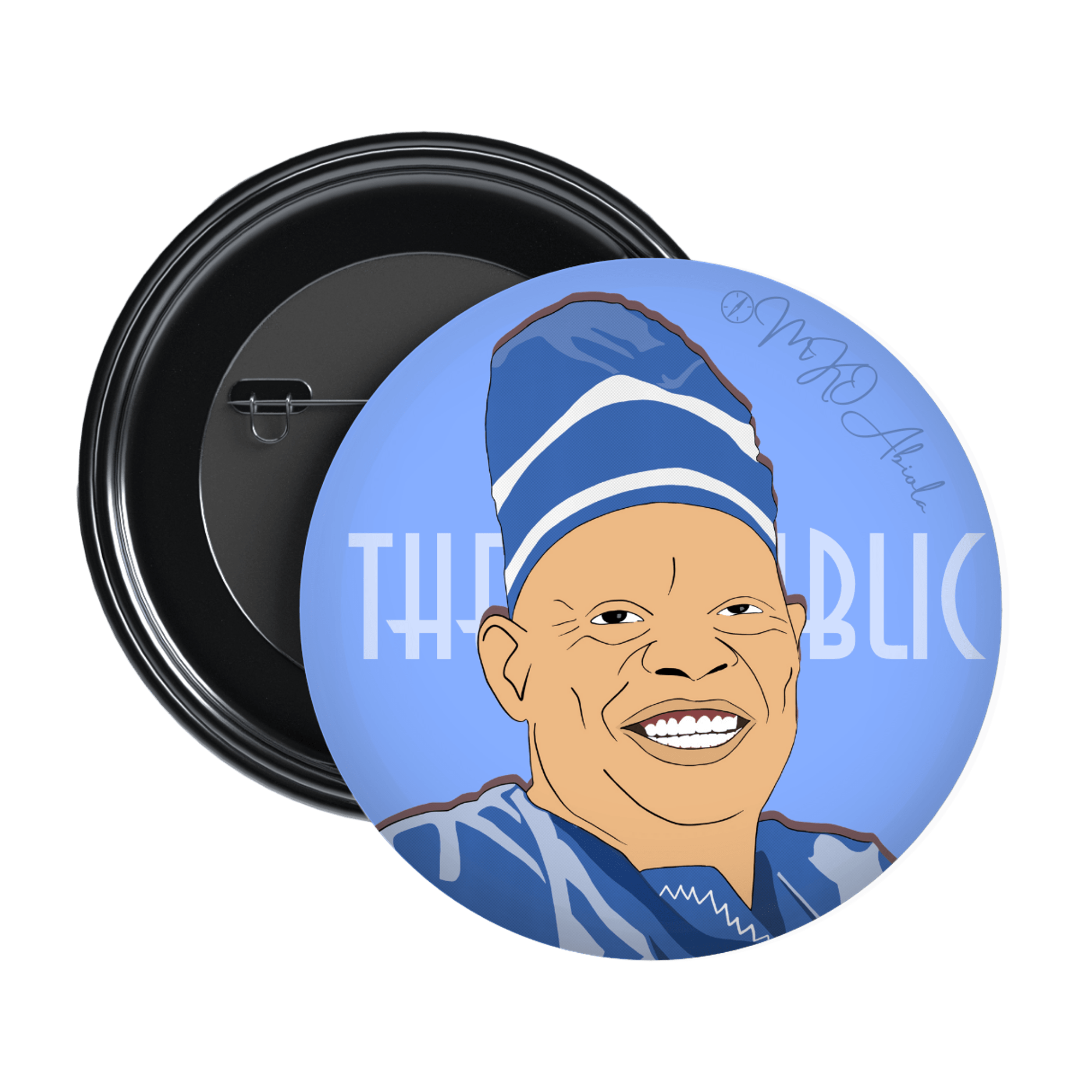THE REPUBLIC INTERVIEWS
‘WELCOME TO VENICE’
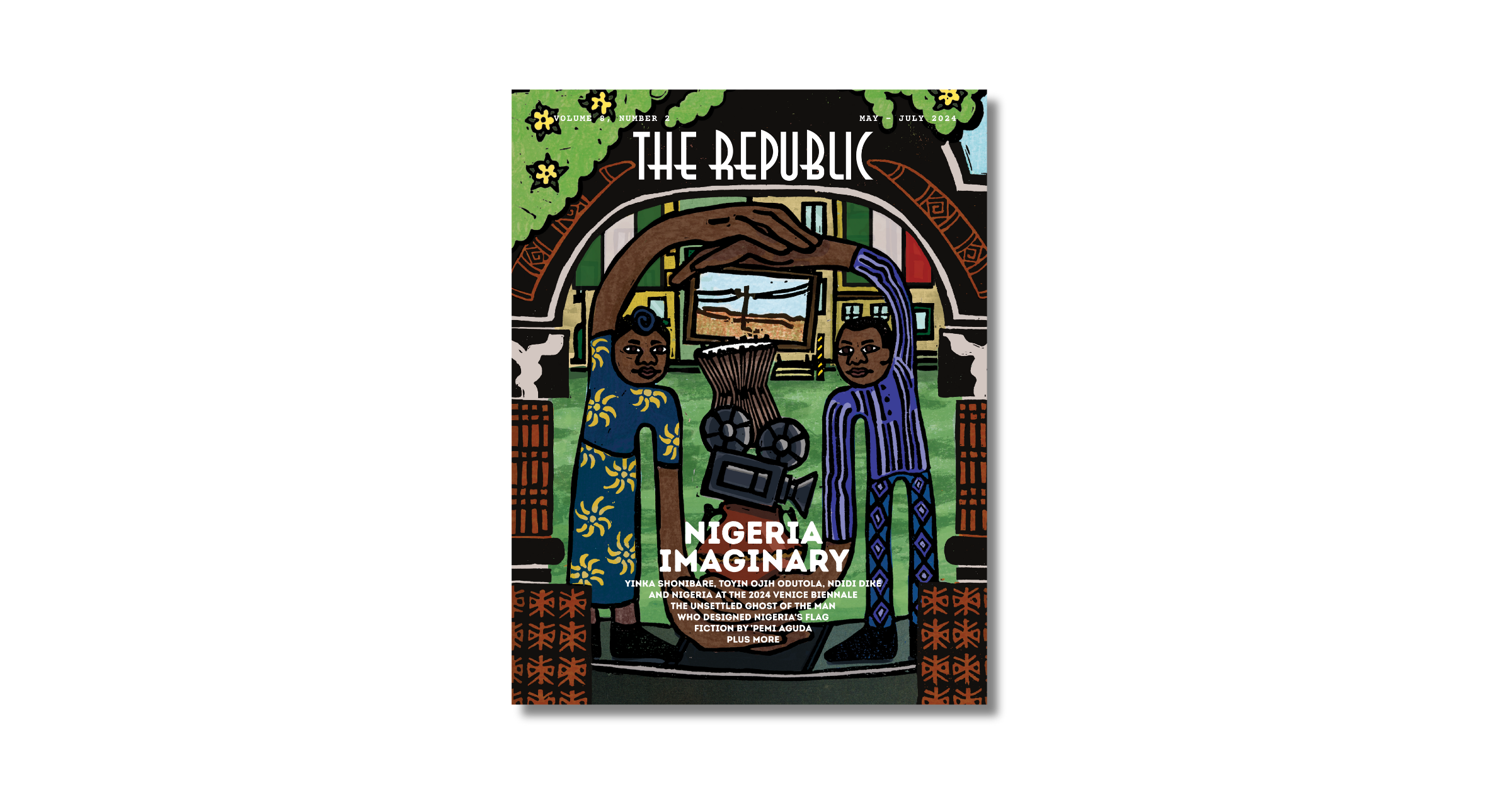
‘Welcome to Venice’ by Sarah N. Kanu.
THE REPUBLIC INTERVIEWS
‘WELCOME TO VENICE’
Sarah Nkechi Kanu has just won our Nigeria Imaginary Cover Art Contest held in collaboration with the Museum of West African Art (MOWAA). Kanu, who told us she started following The Republic in 2023 because of an article we published on Aṣa in our Age of Afrobeats issue, was interested in joining the competition when she saw the prompt. Her design, ‘Welcome to Venice, 2024’ (originally ‘An Offer to La Biennale’) was selected as the winning entry.
Kanu is an Abuja-born, Texas-based collage artist and printmaker who is passionate about creating graphic and textured illustrations. Using this technique and driven by social concepts, Kanu sought to visually present Nigeria’s entry into Venice. ‘I was fascinated and keen on the idea of processions specifically to that—entering the space in a ceremonious and spiritual manner and the power that that has for the people that are in movement, as well as the honour for who or what is at the end of that journey,’ she told us. We recently spoke with Kanu about the inspiration and process behind her design. Our full interview continues below.
THE REPUBLIC
How would you describe your approach to design? When you get a prompt, what’s the first thing you do?
SARAH N. KANU
If I was to describe my approach to design, it would be a very go with the flow, follow–the–rabbit–hole sort of style. I always lead with research and usually will come from a place where I’m most connected to the material through the theme, or the purpose or the intention of it. As a result, I usually start with a really strong word mind map and then imagery comes later—really writing things and trying to find the connections between phrases and sentences and then the imagery that is sort of inspired by those.
shop the republic
-
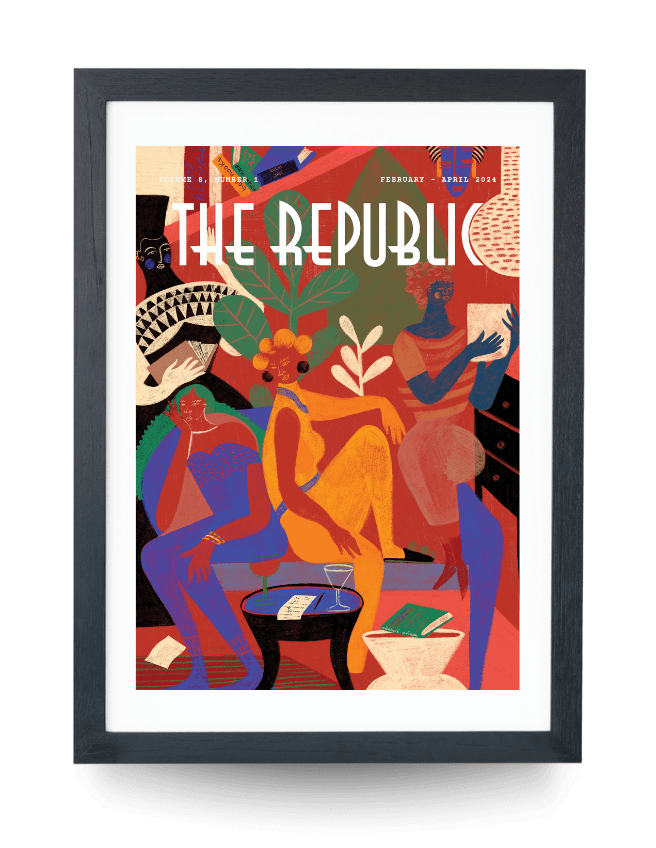 ₦70,000.00 – ₦75,000.00Select options This product has multiple variants. The options may be chosen on the product page
₦70,000.00 – ₦75,000.00Select options This product has multiple variants. The options may be chosen on the product page -
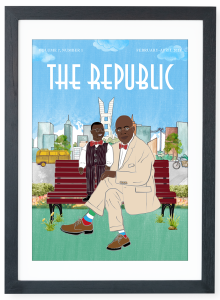 ₦70,000.00 – ₦75,000.00Select options This product has multiple variants. The options may be chosen on the product page
₦70,000.00 – ₦75,000.00Select options This product has multiple variants. The options may be chosen on the product page -
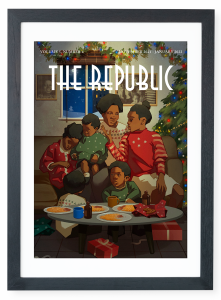 ₦70,000.00 – ₦75,000.00Select options This product has multiple variants. The options may be chosen on the product page
₦70,000.00 – ₦75,000.00Select options This product has multiple variants. The options may be chosen on the product page -
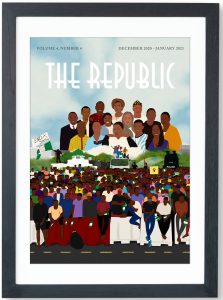 ₦70,000.00 – ₦75,000.00Select options This product has multiple variants. The options may be chosen on the product page
₦70,000.00 – ₦75,000.00Select options This product has multiple variants. The options may be chosen on the product page
shop the republic
-
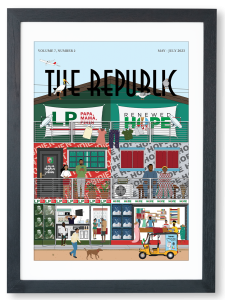 ₦70,000.00 – ₦75,000.00Select options This product has multiple variants. The options may be chosen on the product page
₦70,000.00 – ₦75,000.00Select options This product has multiple variants. The options may be chosen on the product page
THE REPUBLIC
What was your initial concept when you saw the MOWAA x The Republic Cover Contest prompt, and how did your concept evolve?
SARAH N. KANU
Based on the Museum of West African Art and The Republic’s cover prompt, Nigeria imaginary, Nigeria at the Biennale, I was initially going to go with two different concepts. The first one was going to be a political piece more speaking to Africa’s history with colonialism, and the idea of rewriting our narrative through arts and culture production.
The second was the more social, cultural, and celebratory approach, which is what I ended up going with. I felt that the first piece would have put too much energy, at least subconsciously, on Europe, and not enough emphasis on the importance of this moment for Nigeria itself.
shop the republic
THE REPUBLIC
Your illustration includes various designs and imagery such as the Nigerian coat of arms and water as a symbol for Venice. Walk us through the design and the process of making it. What inspired you to take this approach?
SARAH N. KANU
Going with the celebratory approach, I needed to be more specific about what direction I was going in. That’s when I started doing visual research, and I stumbled or found this image of a pillar in the entrance to an altar.
The photo had such a presence to it, and I was combining that with phrases that I had written in my sketchbook during the mind mapping stage. Some of them were ‘Here comes the African giant,’ which is a lyric by Burna Boy, as well as Guess Who’s Coming to Dinner, the title for an American 1960s film. All of these had a sense of movement, of entering a space in which we were not before.
I was fascinated and keen on the idea of processions specifically to that—entering the space in a ceremonious and spiritual manner and the power that that has for the people that are in movement, as well as the honour for who or what is at the end of that journey. In terms of image making, the base was drawn, carved and then hand printed, and then it was coloured digitally. I find that doing work only on the computer, I’m not able to tap into this tactile and handmade quality that I personally find enjoyable in art making.
shop the republic
THE REPUBLIC
What ideas and visuals immediately stand out to you when you think of Nigeria and Venice and how did this influence the design for the cover?
SARAH N. KANU
Once I established the core of the illustration, which was this framing of the pillars on the page, the visuals and ideas for the rest of it needed to further speak to Nigeria and Venice. The atmosphere that is behind the pillars is Venice focused. Its distinct and immediate feature is its location on the water.
The rest of everything needed to clue into Nigeria while also being about the Biennale artists. There is patterning, fashion, the references to Nigeria’s coat of arms and the centre, which speaks to our artistic presence and what we are offering to this biennale—film photography, music, pottery. And then the flags in the back were added at the end to really be specific about the places that we’re talking about.
THE REPUBLIC
When viewers engage with this cover, what’s one thing you want them to take away from it?
SARAH N. KANU
When people see the cover, I hope that they, similar to the exhibit itself, see a flourishing Nigeria, that they are invited to consider what they can create and do to build up a liberated, self-directed, self-governing, beautiful Nigeria for everybody⎈
You can pre-order our forthcoming print issue, Nigeria Imaginary, at our 20 per cent advance discount, here.
shop the republic
PREORDER THE MAGAZINE AND/OR THE COVER
-
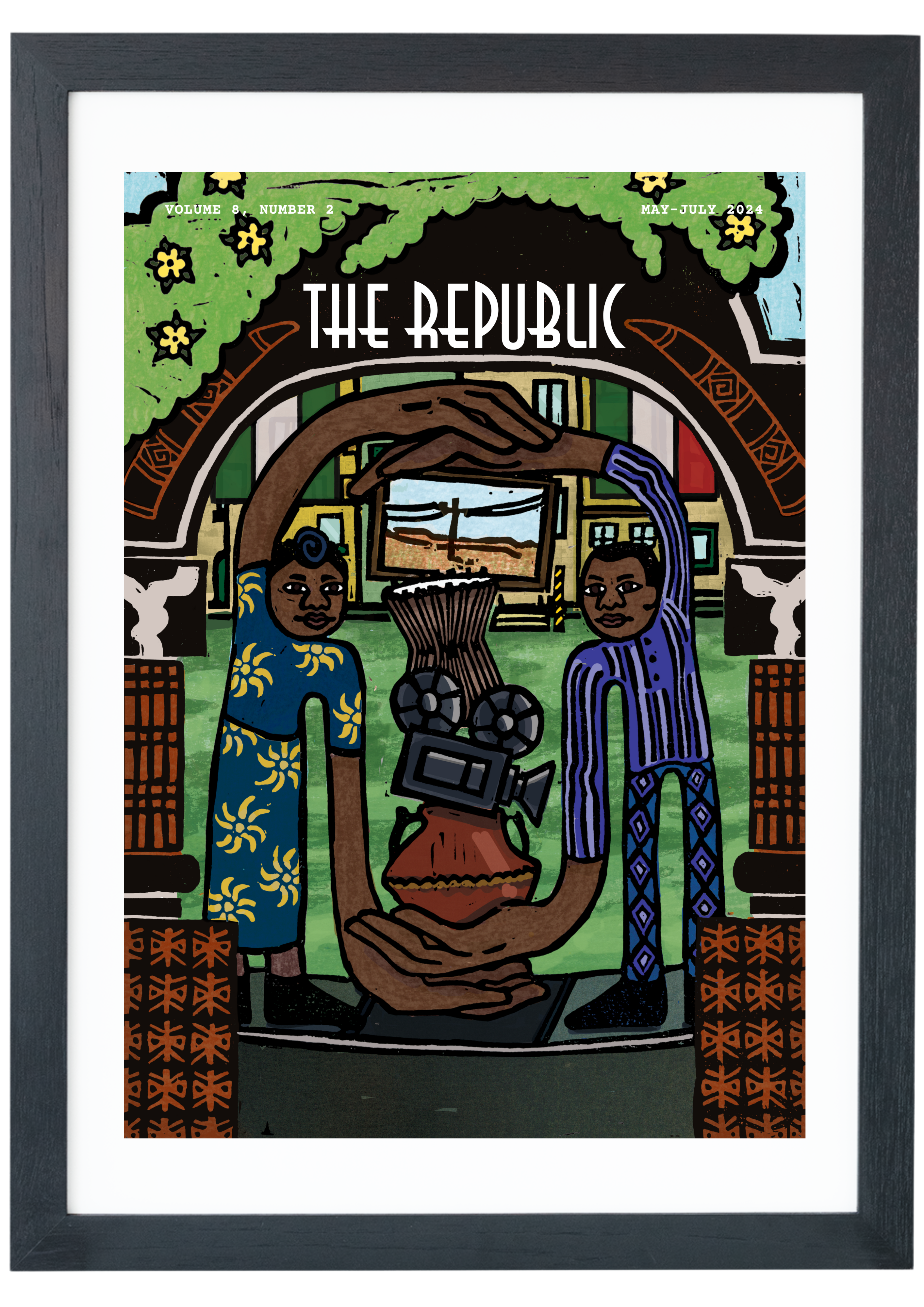 ₦140,000.00 – ₦150,000.00Select options This product has multiple variants. The options may be chosen on the product page
₦140,000.00 – ₦150,000.00Select options This product has multiple variants. The options may be chosen on the product page -
 ₦10,000.00 – ₦30,000.00Select options This product has multiple variants. The options may be chosen on the product page
₦10,000.00 – ₦30,000.00Select options This product has multiple variants. The options may be chosen on the product page



